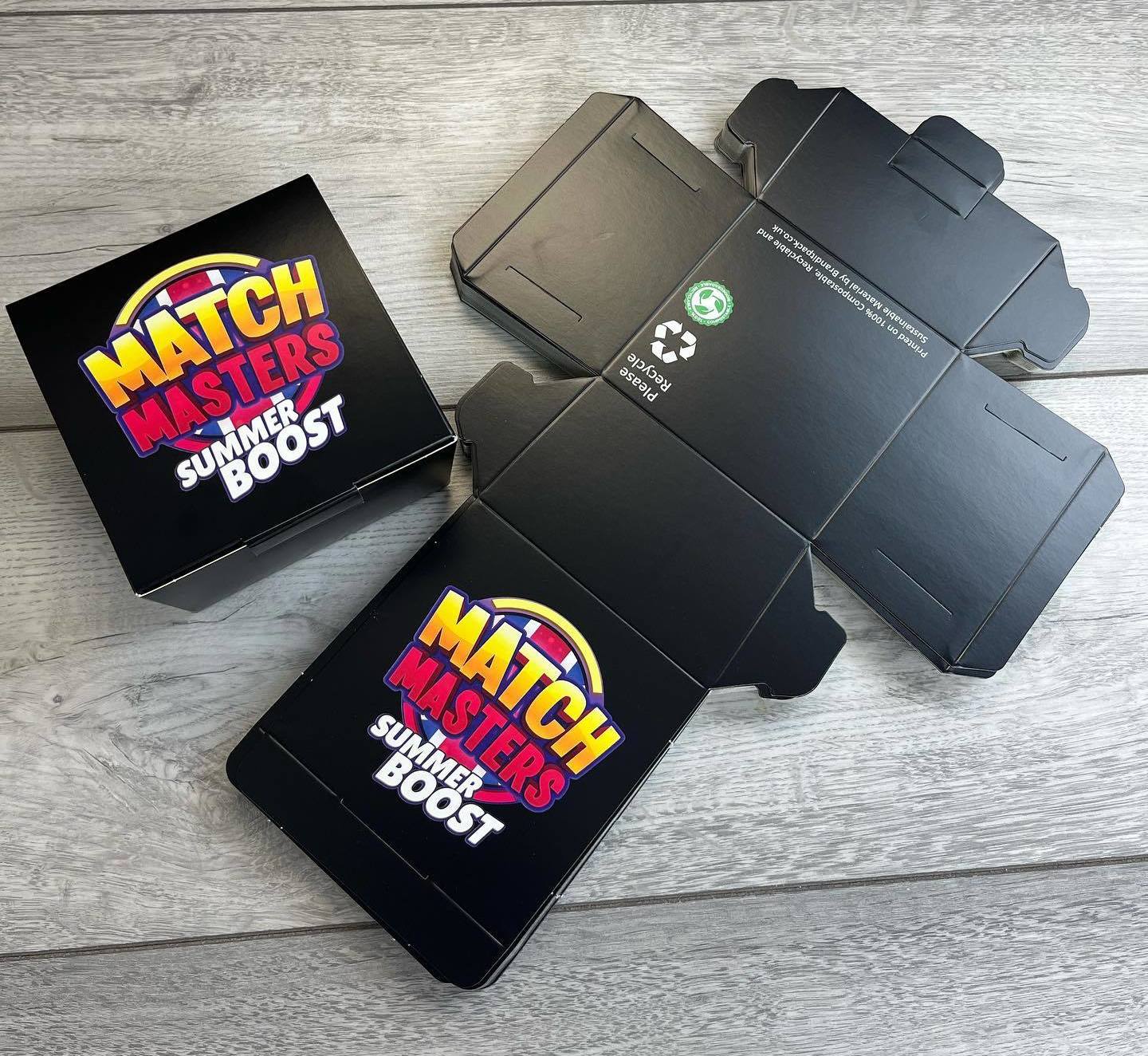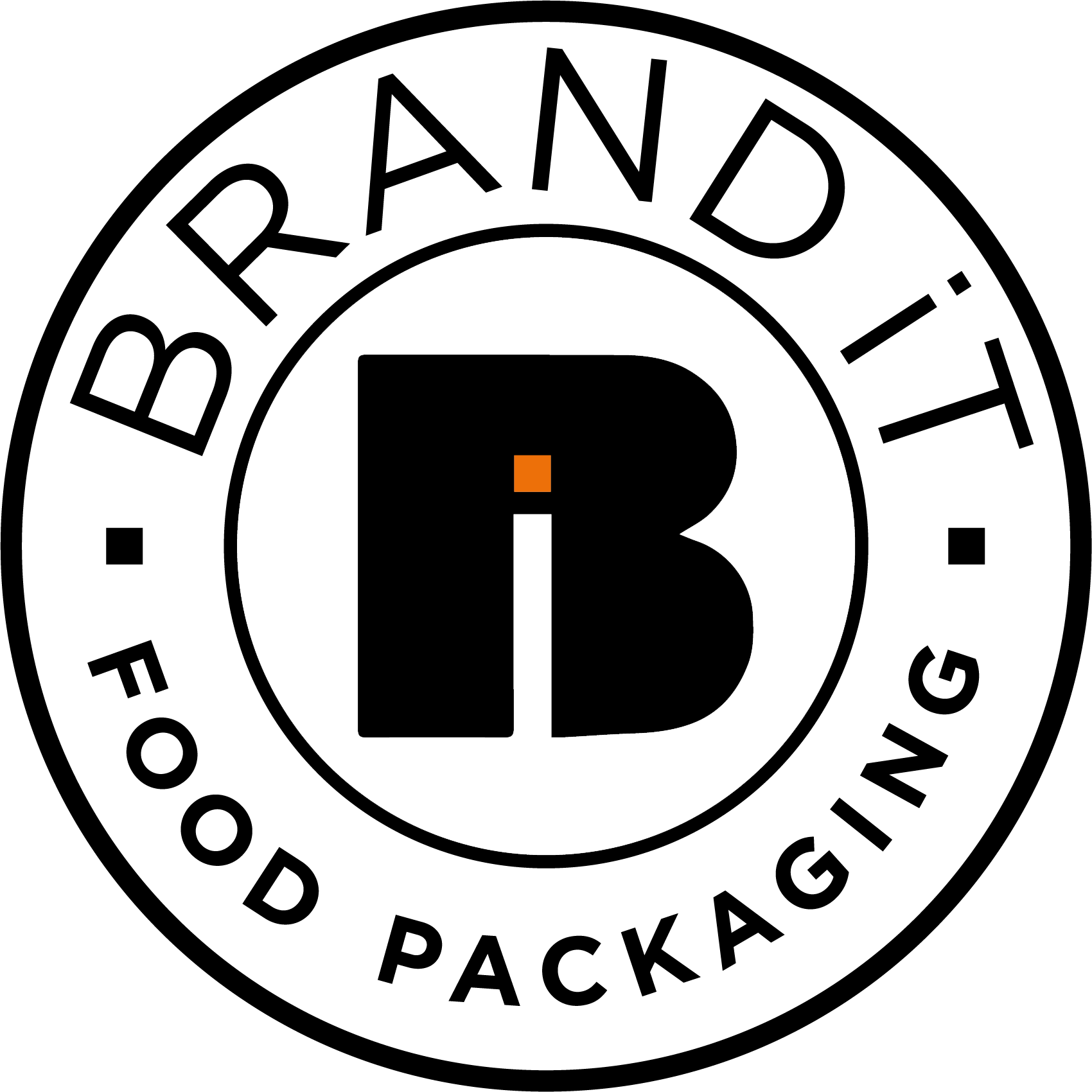Common food packaging myths busted
Posted on 19th June 2022
Over the years, the food industry has changed. Elements of everything from cooking to food packaging has evolved. Food and packaging have been part of commerce and society for decades now, so there is little wonder that there are a few misconceptions or old wives tales.
The hardest part for customers is knowing exactly what to believe. There are some issues around sustainability and recycling that seem a little bit ambiguous. This article is aimed at putting these myths to rest.

Myth 1: Sustainable Food Packaging is Uninteresting
When someone says the words “sustainable packaging” it can misconstrued to mean: “boring, bland, brown boxes”. People seem to have this image of monochrome boxes with little on it but black writing and a twirly recycling logo. Perhaps it was necessary when the first few boxes were made and printed.
Over the last few years, there has been more investment and more advancements in the technology that creates sustainable food packaging. Colour is a driving force in brand identity, so it is important that sustainable inks, such as those made of soy, are invested in.
Moral obligation doesn’t need to come at the cost of branding.
Myth 2: If a package doesn’t include the recycling symbol, it isn’t recyclable
Did you know that 74% of people would assume that you can’t recycle any package that doesn’t have the symbol? This isn’t necessarily true however; it is simply that some companies don’t advertise their eco-consciousness. There are two reasons for this.
First, it is risky for companies to inaccurately claim recyclability. Because the ruling around what can be recycled and what cannot be recycled has been somewhat ambiguous over the years, it has been safer for companies to omit the information rather than say something that can ruin their reputation.
Secondly, up until recently there has been a stigma about “greenwashing”. Just like anything that changes the way we work, there has been a bout of skepticism. There have been negative associations: poor aesthetics; unmanliness, to name a couple. Again, recyclable packaging has not necessarily been advertised for fear of poor reputation.

Myth 3: All plastics are bad
Since the second world war, the use of plastics has grown. Despite any environmental implications, they are lightweight, cost-effective, and versatile.
Single use plastics are notoriously overexploited; however, they have proven to be valuable in areas such as medicine. Multi use polymers also have their advantages, particularly as a durable material.
The problem is, not using plastics is all well and good, however sometimes using other materials incurs penalties in other areas. For instance, a lot more food is thrown away each year now that we are using other alternatives to plastics.
Ostfold Research found that plastic increased the shelf life of grapes and reduced waste between the farm and consumer by up to 75%.
Myth 4: Glass is more sustainable than plastic
The thing with glass packaging is that it is heavier than plastic or paper. It takes more fuel and energy to transport glass from one place to the next and often is not recycled back into glass products. More often than you think, the glass ends up in hardcore under our roads.
The only reason anyone would consider glass for their product is as part of their brand identity or to protect a particularly fragile product. Whilst it is obvious we need to cut down on the our plastic usage, it is worthwhile looking at the passive energy some products use.
If you’d like more information on packaging, sustainability, or to bust any relevant myths, please contact us on 01604 261681.
Tagged as: Branded Packaging, Environmental
Share this post:




